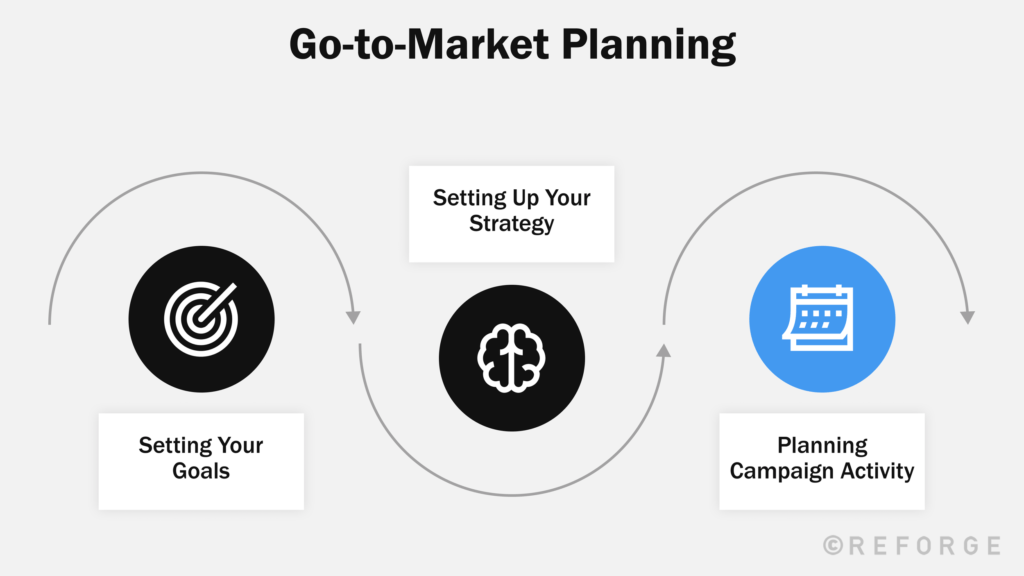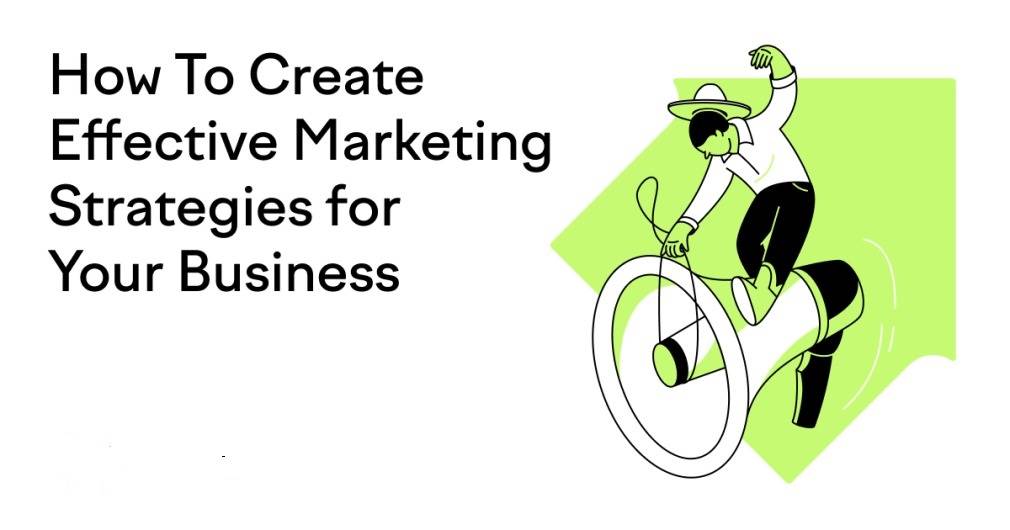A marketing strategy is the heartbeat of your business. Without a strategy, your marketing will float aimlessly in the current media. A strong marketing plan would provide the engines and propellers they require.
So how the hell do you actually make a strategy? How do you make sure that it works? Let’s talk.
Any marketing strategy is made up of a few components,
One of them is the channel.
Which marketing channels are you planning to use?
Depending on your brand, products, or services, you’ll have your own channels that give you better returns as compared to others.
Ideally, You should use channels where your audience is. Why waste money marketing on channels that don’t respond to your brand? It makes sense to invest in platforms that are open to your branded communications.
Starting out, you’ll need to do a lot of A/B testing to figure this out.
Once you have that data, you can make an educated decision.
Also, consider what content works best on each marketing channel. If your material doesn’t work on your channel, the campaign won’t be as effective.
Using numerous channels in one campaign and planning around it is good.
Then, of course, comes the audience!
Marketing is all about the target audience. The answer to this question determines the strategy.
Adapt your strategy to your audience. Simply because you market differently to various people. So here it is.
Your plan must be pertinent to your target audience in order to be effective. Why, for instance, would someone from a lower-income group find your content relevant if you offer luxury cars? the right audiences and material at the right time. That is the secret to a fruitful marketing effort!
The content must be customized to reflect the interests and demographics of your audience, which should be between the ages of 16 and 25. Naturally, if you’re just starting off, as I indicated above, you’ll need to test out a few things to discover what really sticks.
Additionally, creating the perfect buyer persona is crucial. You can avoid shooting in the dark in this manner.
You can develop offers and content that are specially tailored for your ideal customer. You can spend less money by choosing the correct audience to target. For instance, if your ad on most advertising networks is relevant to your target demographic, you’ll obtain a cheaper cost per click, leads, and conversions.
It’s also a good idea to develop unique techniques for warm and chilly audiences. Warm audiences are individuals who have engaged with your brand in some way or have at least heard of it. A cold audience is one that is unaware of your existence. It’s very easy.
Thirdly, it’s all about the money, obviously.
Budgets essentially rule your marketing empire like a despot. They essentially rule everything. or the majority of things.
Before beginning the planning stage, you must be certain of what you are allowed to do and what you are not. It’s not ideal to run out of money midway through the campaign or to go over budget, right?
Now, keep in mind that this is crucial.
You must gradually increase your budget if you are just starting off. Going all in with a budget when you don’t have enough evidence to support it will only lead to financial ruin! Simply avoid doing it.
Additionally, bigger budgets don’t always translate into bigger results. Naturally, spending more money on a campaign that performs as well as it can given its current budget would provide better results.
However, there is little use in increasing the budget without first addressing this lack of success if a campaign isn’t quite performing even at a reduced budget.
It’s also crucial to be honest with yourself about what you can truly accomplish on a budget. Multi-channel campaigns, for instance, are frequently highly expensive. The cost of using traditional media, such as print, TV, and radio, will be high.


Messaging is also another quite important element of a successful
marketing strategy
What is it that you want to convey to your audience? And how precisely do you want to accomplish that?
If brand messaging is done correctly, it can help you gain a lot of fans and clients. The negative message has the potential to bring everything down tomorrow.
Sell the advantages, not the features, so the saying goes. It depends, I contend. I believe it’s ideal to combine the two in some way. It also relies on the product you’re selling. For instance, if your target market is “Innovators” and you are offering an expensive, cutting-edge phone, they will likely want to know the features.
However, if you’re selling a suit, consumers won’t be interested in learning about the materials and methods used in its production. They would be intrigued to learn how all of that could improve their lives and make them appear good.
People purchase feelings, as I’ve said a million times before. It all depends on how they feel after using your product. the potential to alter their lives. Sell them that, then. Think about your feelings.
Throughout the course of your campaign, it’s critical to maintain consistency in your messaging. Additionally, it needs to reflect the personality and tone of your brand. You can definitely come up with an absurd plan of action. However, if it complies with brand rules, it would still be beneficial.
Customers appreciate stability. Ideally, they ought to interact with your brand consistently across all of its touch points. Consistency is crucial for establishing trust.
A successful marketing plan uses interactive, relevant, and consistent messaging across a variety of mediums.
Finally, any marketing campaign has to have
a goal
What are you trying to achieve?
What use do all the balloons and whistles serve? What is the strategy behind your campaign?
Decide on a goal for your campaign right away, whether it be sales, signups, leads, traffic, followers, brand awareness, likes, or shares. and then direct everything in that direction. Your campaign should not be active right now if you’re unsure of the goal.
Several objectives, such as raising brand awareness and driving conversions, may be included in a broader marketing plan. It might run several campaigns with various objectives. A conversion campaign will differ from an awareness effort. So, in an ideal world, everything should be structured around your goals.
A marketing plan should be adaptable and dynamic. It must develop and alter as your audience does. Over the course of a few days, a lot may happen. Things change. Trends change. Your strategy must be modified to reflect these modifications.
It’s fine to rely on historical data, but you should also keep an eye out for any emerging trends.



